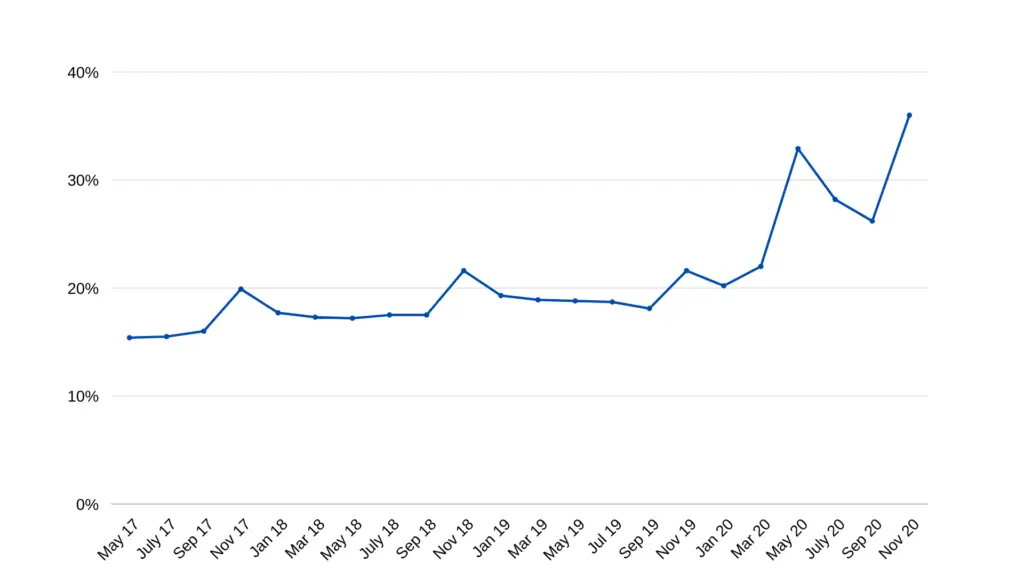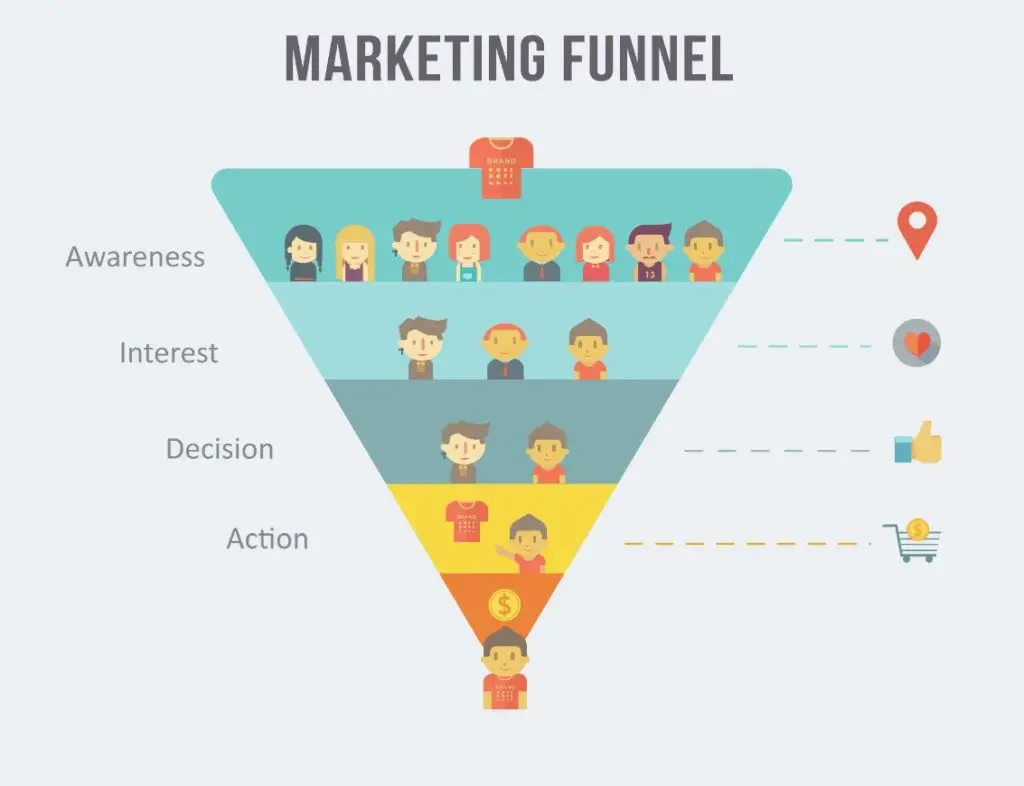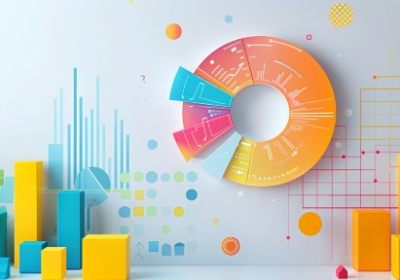How Covid-19 changed the landscape on digital marketing

Do you still believe that digital marketing will be the same post Covid? Think again.
The digital age has already transformed the way we communicate, and nowadays every industry is no exception.
A year ago innovations, e-commerce, even a faster website were a luxury for the little few. Presentations about digital strategy and growth hacking techniques trigger a laughing smirk about pleasant things that are practically utter nonsense. Even charitable organisations hold their positions with firmness defending their comfortable silo from ‘space invaders’ that will ruin their walk of professional life. Digital transformation was a luxury that a handful of companies could understand and pay.
The graph below is eye-opening. It shows how E-commerce changed in the UK between July 2017 and November 2020. Now users are far better informed than before and details as the rapidity of website, correct user experience paired with professional design matter more than ever before.

Source: Office for National Statistics (UK)
To address this gap, companies started looking for talented people with professional experience on Google Ads, Facebook advertising and Performance Marketing. Their aim was to implement new shiny techniques and move fast from the well-known traditional business ecosystem to a more hybrid one; a move that will help them outperform competitors as with that move they will tick one additional box in their marketing armoury. However, that move has or will prove futile. Digital marketing without a strong understanding of the digital landscape and a holistic approach does not work.
To give an example, brands must have a fine balance between leads and activations. Digital Ads can drive traffic to a website and generate tons of leads, but that is a firm step and definitely not sufficient. Leads have to be qualified and become active sales after a while and that is a matter of time, knowledge about the product/service and brand’s reputation. Sales funnels have to be in place, and different digital messages must target audiences according to their positioning on the conversions funnel. But to do that the whole organisation must first understand the value of every stage, and craft the correct message that will bring results.

As we all know, Pandemia started at the beginning of 2020. Most of the business owners and shareholders did not know how the virus will affect their business in the months ahead. Besides the above, remote working became a norm and offices had not the same value anymore. In that context, productivity was a huge issue and companies had to motivate employees to do the extra mile working from home. Questions arise on how the teams will perform, how productivity will change and when everything will return to ‘normality’. That lasted until the summer, when everyone got more aware of the situation, consumers had more time to spend online and business loans, furlough schemes etc came in place from the government to support jobs and businesses.
As a result, big companies that had all the infrastructure in place became richer and small or medium-sized companies with E-commerce marketplace up and running multiplied their online sales outperforming their competitors. A pattern that we noticed across all verticals, no matter the industry or type of business.
Soon, businesses must understand that digital transformation is a necessity and not a luxury. Consumers spent a lot of time on the web, using social media platforms, and now they need more digital touch-points to understand the product/service and purchase it. Our suggestion: Leaders must quickly shift, adopt digital practices, and fully comprehend the new reality.
Reference: Retail sales, Great Britain: December 2020
Related Posts

Read the study: Mobile speed rates lead to sales.
In recent years we have experienced many digital marketing innovations such as AI and Machine…